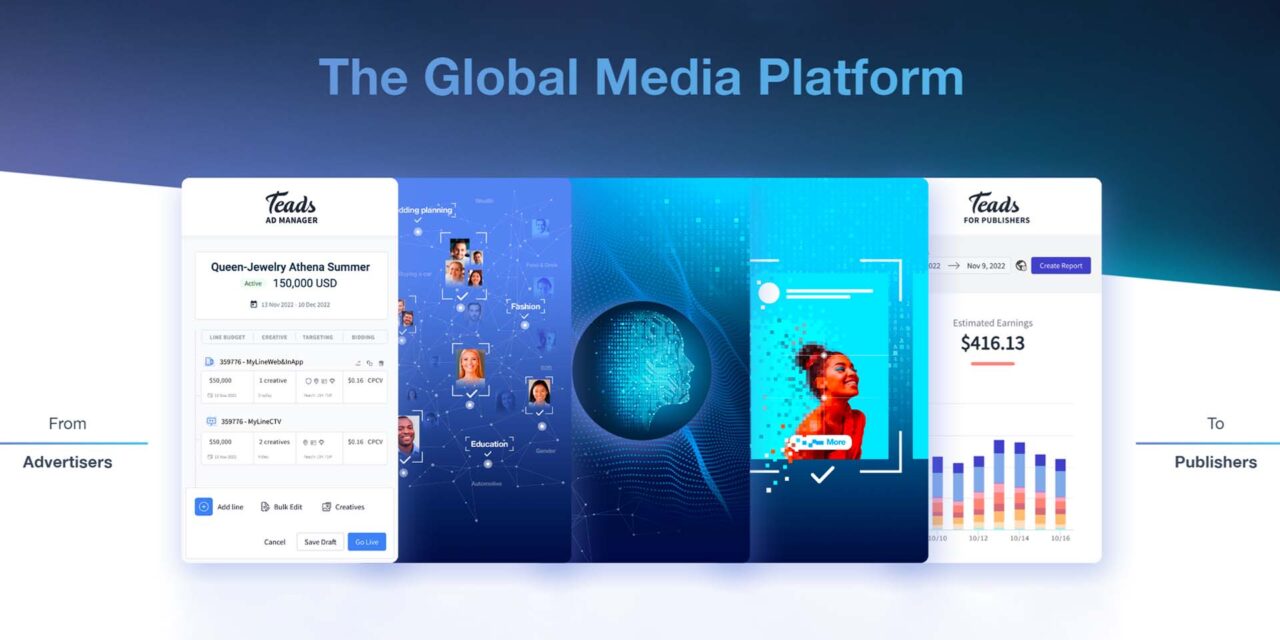Teads provides tips to unlocking four pathways to contextual relevance that help advertisers connect better with consumers.
Creating a strong connection with consumers by aligning content with their preferences might appear to be a straightforward approach for engagement. However, it’s surprising how often advertisers fail to hit the mark, resulting in missed chances to elevate brand perception, boost engagement rates, and cultivate a more authentic image.
Crafting a personalized advertising experience for consumers isn’t just an option—it’s a strategic opportunity for brands to enhance relevance and strengthen their relationship with their audience.
Contextual relevance isn’t new, one could argue it was the original form of “targeting” within print. It was also our first foray into targeting digitally but along the way audience-based buying became more favorable.
As we transition into a new era of data, where audience-based buying is facing challenges, we must adopt a more thoughtful and holistic approach to connect with consumers. A pivotal aspect of this holistic approach involves aligning your brand with contexts important to your target audience.
According to eMarketer, 54% of marketers intend to increase the utilization of contextual data, many still grapple with: “What context is best suited for my ad?”
At the core of contextual discovery lies relevance, yet we often find advertisers struggling to define what truly holds relevance for their consumers.
Teads has spent years analyzing billions of data points sourced from its publisher partners, affording the platform a unique perspective on the contexts that resonate most effectively with audiences, as well as the contextual links that extend beyond the obvious, endemic contexts.
The firm believes that a few straightforward steps can facilitate advertisers in making a seamless transition from contextual discovery to a fully effective contextual strategy:
-
Understand your audience
Do not overlook the significance of audiences. Before focusing on the relevance of your ad, you have to understand your target audience. What sparks their interests? What challenges do they encounter? What motivates them? Knowing your audience inside-out enables you to identify contexts that will truly resonate with them. -
Contextual analysis
Within your contextual analysis, focus on two pivotal factors: Endemic Association and Audience Interest.Endemic Association: This often serves as our initial touchpoint. For instance, placing an ad for a gaming console within gaming-related content. While this approach is the low-hanging fruit and necessary in your contextual strategy, are there untapped opportunities? Using Teads’ contextual suggestions tool we can dive a layer deeper, our AI analyzes content consumption to understand what contexts are most often consumed by people reading about your core topic expanding reach without sacrificing relevancy.
Audience Interest: Armed with audience insights, precisely target your consumers where they’re most captivated. Leverage audience insights tools to identify the contexts in which consumers are most engaged. This approach rounds out a cohesive contextual strategy.
-
Define your message
Clarity in your message is essential. What is the key takeaway you want users to gather from your ad? Having a well-defined message will further drive the relevancy of your brand for a consumer. For a more personalized experience consider DCO based on the contexts you’re targeting -
Test and learn
Let’s acknowledge that there’s a lot we still don’t know. Embrace the potential of testing new contexts, as this allows us to tap into users in unexpected environments. A/B testing across different contexts yields valuable insights into which environments fuel outcomes and efficiencies.The power of relevance is not only in understanding your audience but also in seamlessly weaving your brand within contexts that matter to them. By analyzing, adapting, and refining your approach, you’ll unlock the true potential of contextual alignment, enabling your brand to resonate in a more powerful way with your target consumers.


















